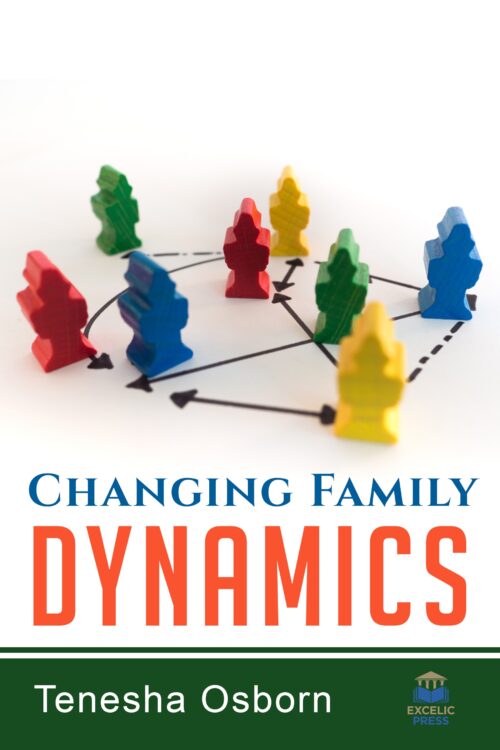Description
Families have changed over the past three decades. The recent decades of family change—including the increases in divorce and separation rates, single parenthood, cohabitation, and step family formation—led to an explosion in popular and academic interest in the consequences of family dynamics for children’s well-being and life chances. Several studies suggested that the healthy family protect well-being by providing emotional support and companionship. Other than that, healthy family also brings positive correlation to economic security, psychological well-being and physical health and child development. In addition families with positive dynamics more likely lead to avoid of risky behaviours, such as heavy drinking, addiction and violence.
Changing Family Dynamics presents insight into work-family reconciliation by studying how work-family dynamics are shaped, squeezed and developed between consistent or competing logics in different societies. It contains cutting edge studies which deal with the changes in family formation, household structure, work-life balance, and child well-being. Fertility rates have been persistently low in many countries leading to smaller families. With marriage rates down and divorce rates up, there are an increasing number of children growing up in sole-parent or reconstituted families. Sole-parent families are of particular concern due to the high incidence of poverty among such households. Families have changed dramatically since the 1950s, provoking extensive deliberations about what kinds of families should be recognised and supported socially, especially in law and public policy. This book reviews those changes, asking why families matter to individual members, to communities and to society as a whole. It identifies some of the key debates provoked by these changes and explores their implications.





